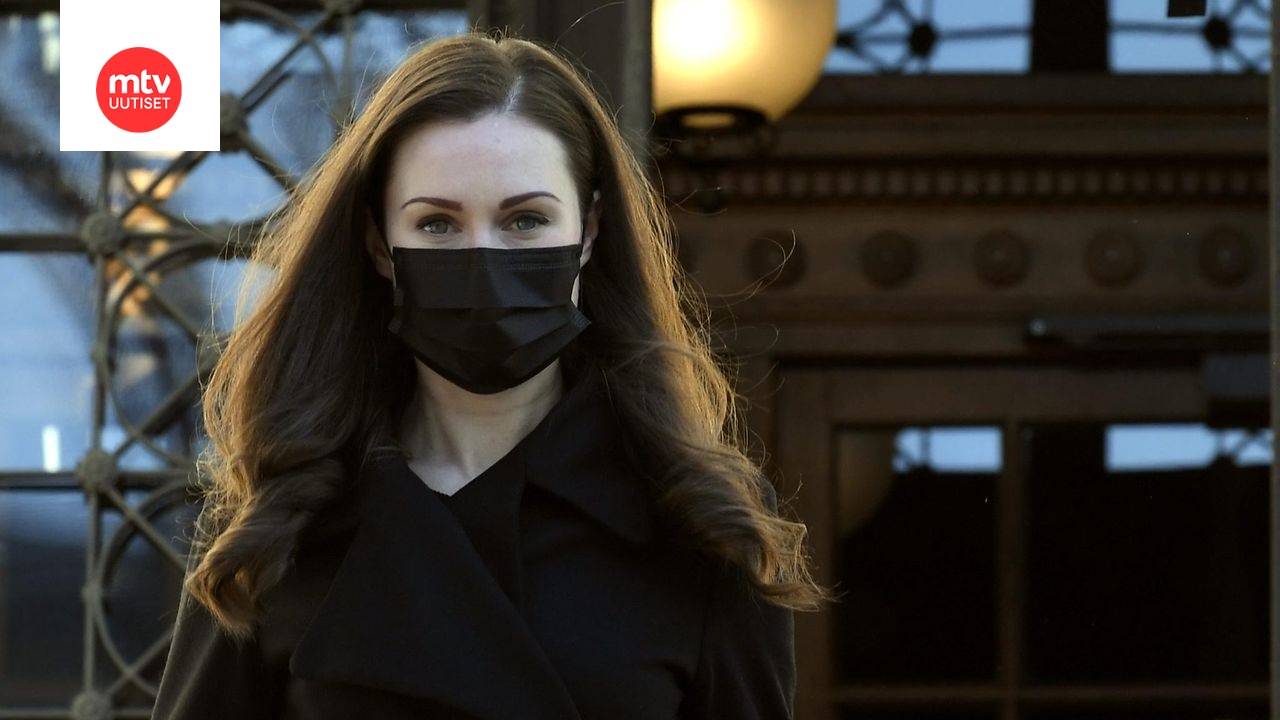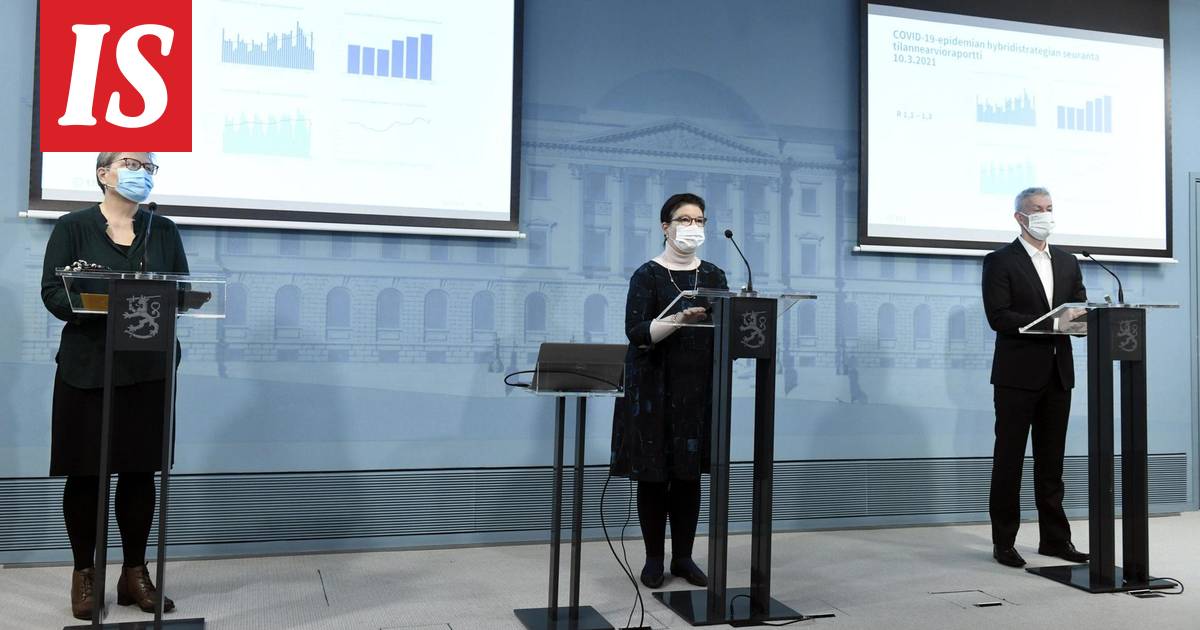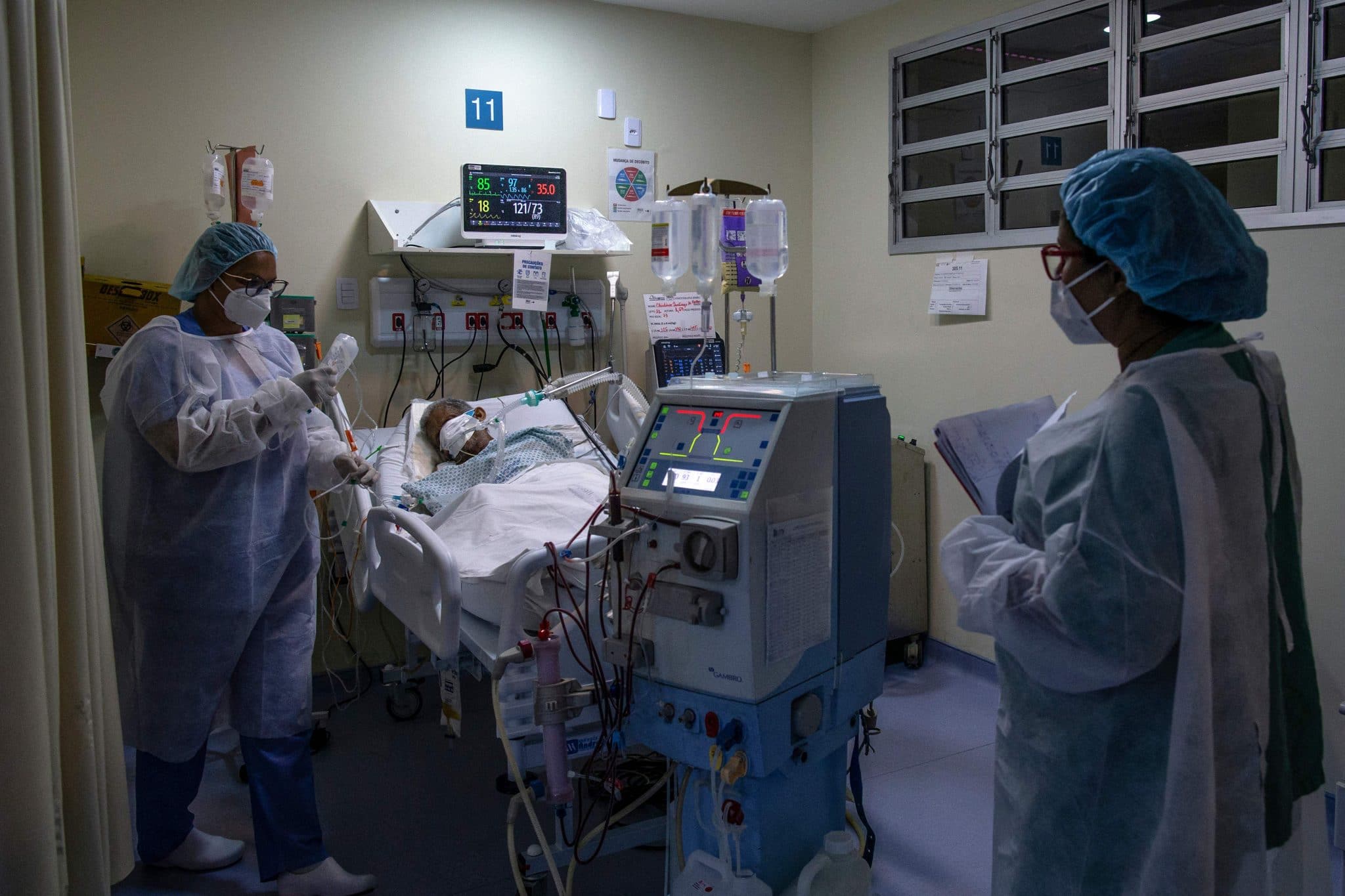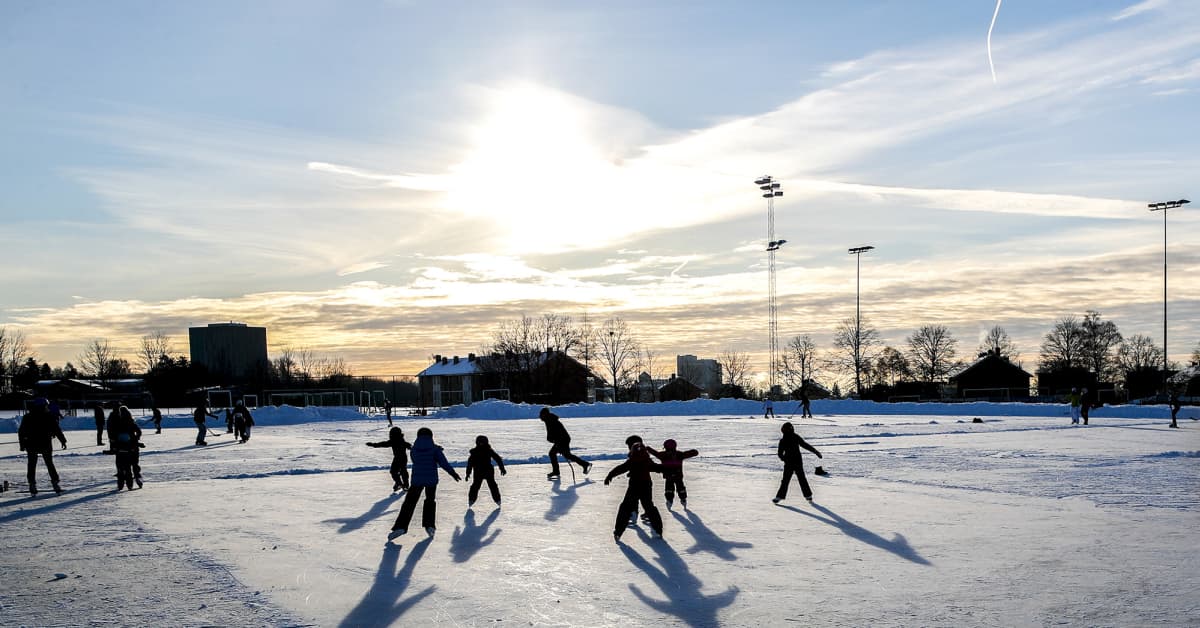Ettei olisi veturin valo, joka siellä tunnelissa loistaa...

Koronaepidemia leviää tällä hetkellä Suomessa etenkin pääkaupunkiseudulla.

www.iltalehti.fi
Helsingissä vieraskielisten osuus koronatartunnoista on noussut 39 prosenttiin – Vantaalla se on jopa 50 prosenttia
- Vantaalla iso osa koronatartunnoista on todettu vieraskielisillä.
- Tähän on syynä muun muassa virolaisten rakennustyöläisten iso määrä.
- Kaupunginjohtaja toivoo tiukempia toimia rajalle.
"Kaupunginjohtajan mukaan Vantaan korkeisiin koronalukuihin heijastuu suoraan myös Viron huono koronatilanne: Virossa leviää tällä hetkellä Britanniasta lähtenyt helposti tarttuva
koronavirusmuunnos ja maan koronailmaantuvuus on nyt maailman toiseksi korkein.
–Viron tilanne on heijastunut välittömästi Helsinkiin ja Vantaalle, koska meillä työskentelee paljon virolaisia työntekijöitä, Viljanen sanoo.
Rajojen terveysturvallisuus huolettaa Vantaan kaupunginjohtajaa. Viljanen kaipaa hallitukselta selkeämpää päätöksentekoa siitä, miten ja millä asiakirjoilla Suomeen voi tulla.
Vantaan kaupunginjohtaja tarjoaa myös ratkaisua rajojen terveysturvallisuuden parantamiseksi.
–Vantaan kaupunki on jo pitkään esittänyt sitä, että jokaisella maahan tulevalla pitäisi olla negatiivinen testitodistus, tai todistus siitä, että on saanut rokotuksen tai sairastanut koronan."
/img-s3.ilcdn.fi/30fe21984a02d82d7f1f741543dbf3085bde01243cf6903c58f9324a8530b371.jpg)
www.iltalehti.fi





/img-s3.ilcdn.fi/c3b9c6fc014e5206d41a72b02e99743cdab753d682eb913c16864e6e0e116541.jpg)





/img-s3.ilcdn.fi/4c16fa3962391252eed4e59baf53da0764cf6dfe72801095d01c045d1ee607cc.jpg)

